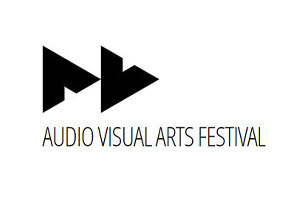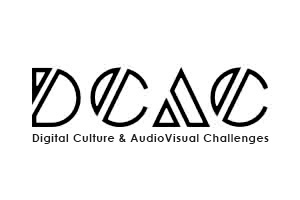Description: This course provides an introduction to the basic topics related with brain structure and functions using state-of-the-art techniques within the scope of art experience. Brain imaging and neuroimaging are generally used to access imaging outcome after interventions and perceive both brain structure and function. Nevertheless biological imaging accessed within the scope of art is an innovative scientific field. The experience of brain-imaging and neuroimaging of art emerges from the interaction of multiple cognitive and affective processes. The brain region network can be divided into several functional components like the prefrontal, parietal, and temporal cortical regions. The aim of this course is to perceive how these regions act in concert to produce exceptional and moving art experiences.
Keywords: Brain imaging, neuroimaging, EEG brain waves, Brain activity audio-visual representations
Objectives (hour):
The course objective is the computer-based digital image analysis and processing of biological images with in the frame of art
1st lecture: Medical Imaging methods
Medical imaging History, Medical Imaging equipment, Medical Imaging Methods, Ultrasonic Diagnostic Methods, Computed tomography (CT), Ultrasound Tomography (Ultrasound CT), Magnetic Resonance Imaging (MRI), Positron emission tomography (PET), Single-photon emission computed tomography (SPECT).
2nd lecture: Medical Image
Medical Image definition, Digital medical images types (2D, 3D, 4D), Digital image analysis, Medical digital image processing, noise reduction, image quality improvement, image reconstruction, Digital image segmentation, filters
3rd lecture: Bio-signals
Electrical signals, Pressure signals, Chemical signals, Bio-signals: Nerve cells electrical activity, EEG and EMG bio-signal recording, Bio-signals processing, bio-signals analysis, Bio-signals sampling and reconstruction, Digital filters IIR and FIR, Fast Fourier Transformation (FFT), Discrete Fourier Transform (DFT), Wavelet transform, Adaptive Filters.
4th lecture: Bio-signals processing (EEG and EMG) - Laboratory practice
Bio signals retrieval, EEG and EMG signal processing Bio signals sampling and reconstruction, Noise reduction, Digital filters IIR and FIR implementation, Fast Transformation Fourier (FFT) implementation, Discrete Fourier Transform (DFT) implementation, Wavelet transform implementation, Digital bio signal processing, and art.
5th lecture: EEG brain signal and art
EEG Biosensors, Brain-computer interfaces (BCI) Mind-Machine Interfaces (MMI) EEG Games, EEG music.
6th lecture: Creating Artwork Using Brainwaves
Brain imaging and art, Brainwaves painting software, EEG Art, Tools and software for brain artwork, BrainScope, Braintone Art, MindWave, Braintree Art Imagery Generation Engine, Braintone Art, Art of Zen.
Prerequisites/advisable prior knowledge: n/a.
Evaluation feedback:. The suggested participant’s evaluation is sort presentation according to the lecture’s basic topics
Recommended reading list:
Belkofer, C. M., & Konopka, L. M. (2008). Conducting art therapy research using quantitative EEG measures. Art Therapy, 25(2), 56-63.
Zioga, P., Chapman, P., Ma, M., & Pollick, F. (2014). Wireless Future: Performance Art, Interaction and the Brain-Computer Interfaces.
Eliceiri, K. W., Berthold, M. R., Goldberg, I. G., Ibáñez, L., Manjunath, B. S., Martone, M. E., ... & Stuurman, N. (2012). Biological imaging software tools. Nature methods, 9(7), 697-710.
Back to courses





